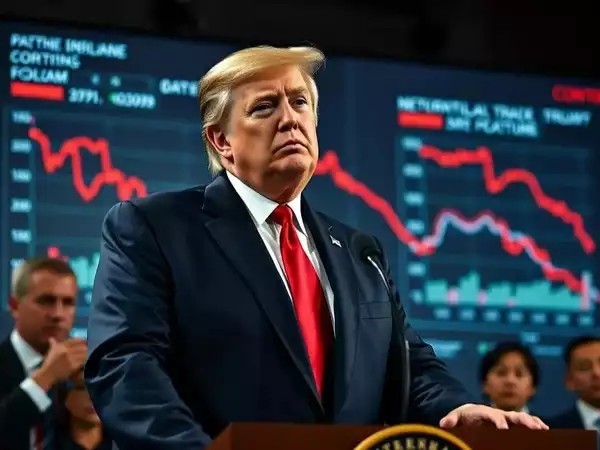Trump’s Tariffs Join Historic US Economic Shocks
Why in the News ?
Trump’s high tariffs on Chinese imports are being compared to major past US policy shifts—the Nixon Shock and Volcker Shock—for their transformative impact on the global economy, trade balances, and monetary system, reigniting debates on protectionism and global trade.
The Nixon Shock (1971): Collapse of Bretton Woods
- Post-WWII era (1949–1969) saw stable economic growth under the Bretton Woods system.
- Currencies were pegged to the US dollar, which was backed by gold at $35/ounce.
- By 1966, US gold reserves couldn’t back the rising overseas dollar holdings.
- On August 15, 1971, President Nixon suspended dollar-gold convertibility, ending the gold standard.
- This led to floating exchange rates and fiat currencies, marking a key shift in the monetary system.
The Volcker Shock (1980s): Crushing Inflation with High Rates
- Oil shocks from the 1973 Yom Kippur War and 1979 Iran Revolution spiked US inflation to over 13% by 1980.
- Paul Volcker, as Fed Chair, raised interest rates to 20% in 1981, curbing inflation.
- High rates attracted foreign capital, strengthening the dollar but hurting US exports.
- The US saw ballooning deficits, and cheap dollar imports led to China’s export boom.
- From 1982 onward, the US ran a consistent current account deficit.
The Trump Shock (2020s): Tariffs and Trade Realignment
- Trump imposed 10%–145% tariffs, especially targeting Chinese goods.
- Aimed at reducing the fiscal and current account deficits and reviving domestic manufacturing.
- Pushed for currency realignment through a proposed ‘Mar-a-Lago Accord’, like the 1985 Plaza Accord.
- Strategy seeks to open foreign markets and strengthen US industrial base.




